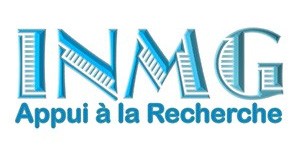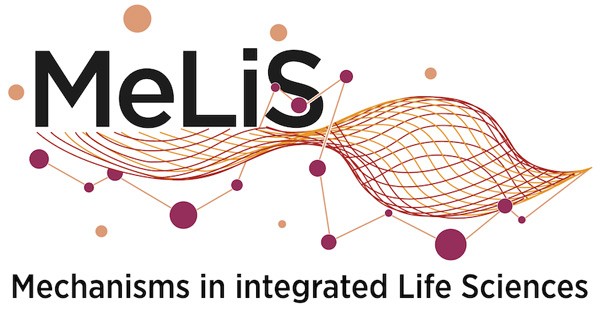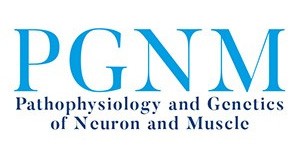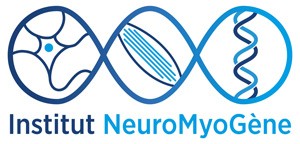
INMG-AR
Appui à la Recherche

MeLiS
Laboratory Mechanisms
in Integrated Life Sciences

PGNM
Laboratory Pathophysiology and Genetics
of Neuron and Muscle
Presentation
The NeuroMyoGene Institute brings together 2 joint research units and 1 research support unit created jointly by the University Claude Bernard Lyon 1, the CNRS and INSERM.
INMG-Appui à la Recherche
(UCBL – CNRS UAR 2204 – INSERM U5049 ; Directed by Guy Mouchiroud)
It includes 17 employees and is presently directed by Guy Mouchiroud and co-directed par Andrée Defours.
INMG-AR has mission to coordinate and to mutualise so many important functions for PGNM and MeLIS laboratories functioning:
- administrative and financial management,
- computer service,
- scientific equipments and technical plateform,
- risk prevention,
- as well as logistic and communication.
These different missions then support the national and international outreach of applied researchs in NeuroMyoGene Institute.
Laboratory Mechanisms in Integrated Life Sciences
(MeLiS, UCBL – CNRS UMR5284 – INSERM U1314 ; Directed by Jean-Louis Bessereau)
MeLiS Unit pools 7 research teams, focused on genetic, molecular and cellular mechanims which control formation and function of animal cells, in normal and pathological environments.
The MeLiS teams use a wide array on experimental models (drosophila, C. elegans, zebra fish, chicken, rondent and human) and microscopy advanced technologies (superresolution, expansion, bi-photonic, light sheet, electron).
Laboratory Pathophysiology and Genetics of Neuron and Muscle
(PGNM, UCBL – CNRS UMR5261 – INSERM U1315 ; Directed by Laurent Schaeffer)
This Unit of 132 members is divided in 12 research teams. The scientific program focuses on the study of the physiopathology of the neuron and the skeletal muscle. The research teams aim at deciphering basic biological mechanisms at the molecular, cell, tissue and organism levels to better understand their alterations in human pathologies to uncover new therapeutic approaches.
To reach that goal, the teams combine multiscale, multidisciplinary approaches, taking advantage of the most appropriate models to conduct an ambitious research around three main research axes:
- Physiology and cell biology of the neuromuscular system,
- Cellular and molecular neurobiology and
- Nuclear dynamics.



